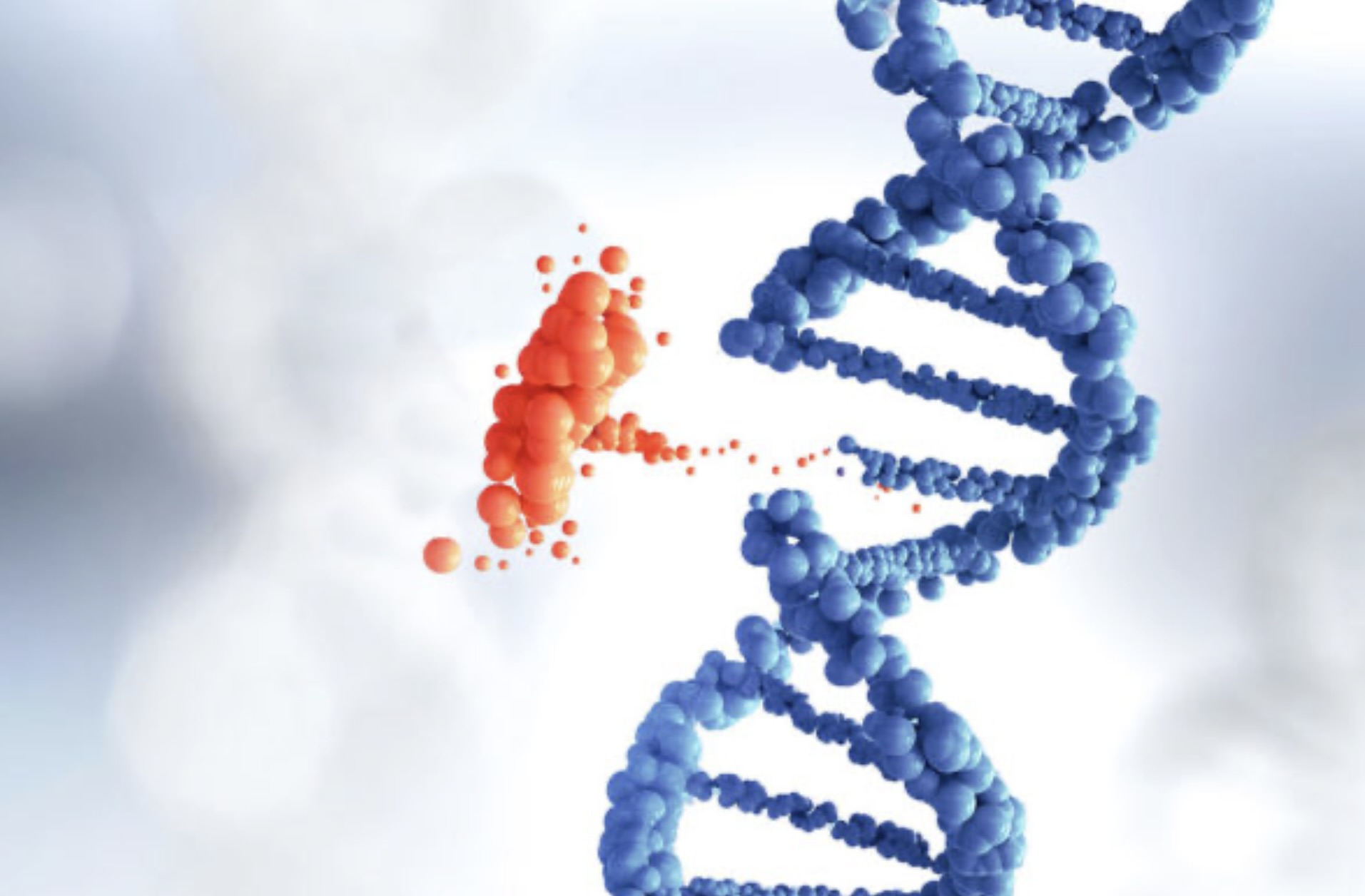Lissencephaly: Symptoms, Causes, Treatment
What are the symptoms of lissencephaly?
Lissencephaly, also known as “smooth brain,” is a rare brain malformation characterized by the absence or reduction of the normal folds and grooves in the brain’s surface. This condition can lead to developmental delays, intellectual disability, seizures, and other neurological problems. The severity of symptoms can vary widely depending on the extent of brain malformation. Common symptoms of lissencephaly may include:
- Developmental delays: Children with lissencephaly may have delays in reaching developmental milestones such as sitting, crawling, and walking. Intellectual disability is common.
- Seizures: Seizures are a common symptom of lissencephaly and can be difficult to control with medication.
- Feeding difficulties: Infants with lissencephaly may have difficulty feeding, which can lead to poor weight gain and failure to thrive.
- Muscle stiffness (spasticity): Some children with lissencephaly may have increased muscle tone, leading to stiffness and difficulty with movement.
- Poor muscle tone (hypotonia): In contrast, some children with lissencephaly may have low muscle tone, which can affect their ability to sit, stand, or walk.
- Difficulty swallowing (dysphagia): Children with lissencephaly may have difficulty swallowing, which can lead to feeding problems and an increased risk of aspiration pneumonia.
- Vision problems: Some children with lissencephaly may have vision problems, such as crossed eyes (strabismus) or difficulty seeing clearly.
- Behavioral issues: Children with lissencephaly may exhibit behavioral problems, such as hyperactivity, impulsivity, or difficulty with social interactions.
- Gastrointestinal problems: Some children with lissencephaly may experience gastrointestinal issues, such as constipation or gastroesophageal reflux.
- Respiratory problems: In severe cases of lissencephaly, respiratory problems can occur due to abnormalities in the brainstem, which controls breathing.
It’s important to note that the symptoms of lissencephaly can vary widely from person to person, and not all individuals will experience all of these symptoms. The severity of symptoms can also vary depending on the specific genetic cause of lissencephaly. If you suspect that your child may have lissencephaly, it’s important to seek evaluation and diagnosis by a healthcare professional.
What are the causes of lissencephaly?
Lissencephaly is primarily caused by genetic mutations that affect the development of the brain during pregnancy. The condition is typically associated with mutations in genes that play a role in the development and migration of nerve cells (neurons) in the brain. These mutations can disrupt the normal formation of the folds and grooves in the brain’s surface, leading to the characteristic smooth appearance of the brain in lissencephaly.
There are several genetic causes of lissencephaly, including:
- LIS1 gene (PAFAH1B1): Mutations in the LIS1 gene are a common cause of a severe form of lissencephaly known as type 1 lissencephaly or classic lissencephaly. The LIS1 gene provides instructions for making a protein that is involved in the movement of neurons in the developing brain.
- DCX gene: Mutations in the DCX gene are another common cause of lissencephaly, particularly in males. The DCX gene provides instructions for making a protein called doublecortin, which is also involved in neuron migration.
- TUBA1A gene: Mutations in the TUBA1A gene can cause a less severe form of lissencephaly known as type 2 lissencephaly. The TUBA1A gene provides instructions for making a protein that is part of the structure of microtubules, which are involved in cell division and cell movement.
- Other genes: In addition to the LIS1, DCX, and TUBA1A genes, mutations in other genes have also been associated with lissencephaly, although these are less common.
Lissencephaly is typically diagnosed through imaging tests, such as magnetic resonance imaging (MRI), which can show the smooth appearance of the brain’s surface. Genetic testing can also be used to identify specific mutations associated with lissencephaly.
It’s important to note that lissencephaly is a complex condition with a wide range of genetic and environmental factors that can influence its development. Further research is needed to fully understand the underlying causes of lissencephaly and to develop more effective treatments.
What is the treatment for lissencephaly?
There is no cure for lissencephaly, and treatment focuses on managing the symptoms and complications associated with the condition. The treatment plan for lissencephaly is typically individualized based on the specific needs of the patient and may include:
- Seizure management: Seizures are a common symptom of lissencephaly and may require treatment with anticonvulsant medications to help control them.
- Physical therapy: Physical therapy can help improve muscle tone, strength, and flexibility, as well as promote motor skills development.
- Occupational therapy: Occupational therapy can help improve fine motor skills and activities of daily living, such as feeding and dressing.
- Speech therapy: Speech therapy can help improve communication skills, including speech and language development.
- Feeding support: Children with lissencephaly may have difficulty feeding due to swallowing problems or poor muscle tone. Nutritional support and feeding therapy may be recommended.
- Respiratory support: In severe cases of lissencephaly, respiratory problems can occur due to abnormalities in the brainstem. Respiratory support, such as supplemental oxygen or mechanical ventilation, may be necessary.
- Medication management: Medications may be prescribed to manage symptoms such as muscle stiffness, gastrointestinal issues, or behavioral problems.
- Monitoring and support: Regular monitoring by a healthcare team, including neurologists, developmental pediatricians, and other specialists, can help ensure that the child’s needs are being met and that any changes in symptoms are addressed promptly.
It’s important for families of children with lissencephaly to work closely with a healthcare team to develop a comprehensive treatment plan that addresses the child’s unique needs. While treatment cannot cure lissencephaly, it can help improve quality of life and maximize the child’s potential.




